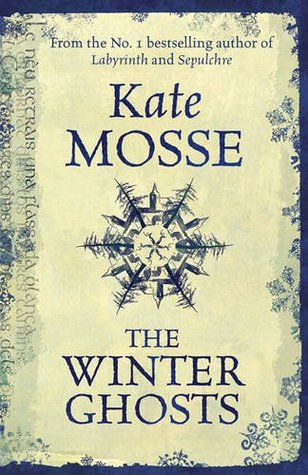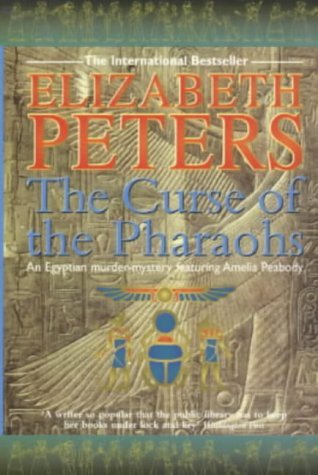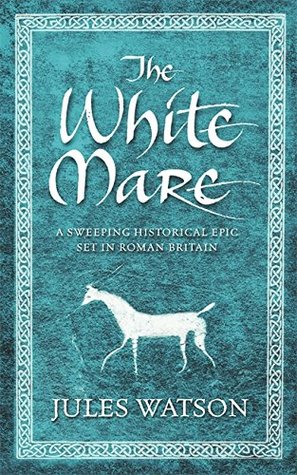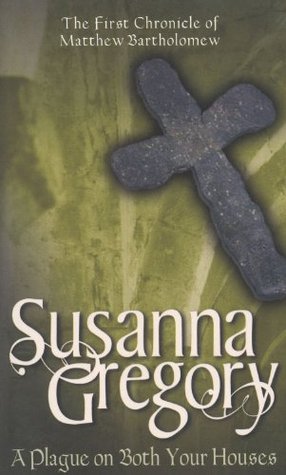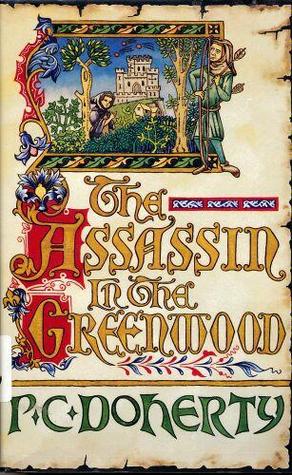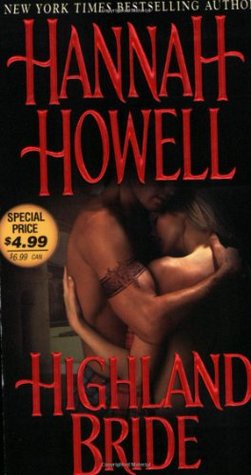
Review of Highland Bride by Hannah Howell, an historical romance novel set in medieval Scotland.

This post may contain affiliate links, which means I may receive a commission, at no extra cost to you, if you make a purchase through a link. Please see our full disclosure for further information.
Synopsis
When Gillyanne Murray takes possession of her dower property, she doesn’t expect the three neighbouring lairds to turn up on her doorstep. Intent on maintaining peace, they insist that she must marry one of them. After keeping them at bay for three days, Gillyanne agrees to marry Connor MacEnroy.
The first hours of their marriage are rocky as Connor rushes her to his home (Deilcladach) and promptly seems to forget her. Gillyanne soon finds that Connor has some strange ideas about ‘gentle-born ladies’ that she must correct. She also struggles to break through the tight hold Connor has on his emotions.
Her efforts are complicated by Connor’s uncle and resentful ex-lover. Then Connor’s uncle is found dead, murdered with Connor’s dagger. Connor is imprisoned for the murder, so Gillyanne must prove his innocence and uncover the real killer. Back at Deilcladach, can Connor show Gillyanne how he feels before her father gives her a way out of their marriage?
Review
Highland Bride could have been two different books. The first part, where Gillyanne defends her property from the three lairds, was hilarious. The methods she used to repel her suitors were inspired and they deserved everything they got.
Once Gillyanne agrees to marry Connor and goes to Deilcladach with him, the whole story changes. It becomes more of a romance as they get to know each other and figure out their relationship.
I loved Gillyanne. She is spirited, creative, and amusing. Despite her apparently diminutive size, she has strength and an outgoing personality, making her seem larger. It was so much fun watching Gillyanne deal with Connor’s ex-lover and her friends (aka “The Three Whores of Deilcladach”).
My feelings about Connor are more complicated. He is handsome and fierce and everything a romance hero should be, while still being able to develop as a character. He appreciates Gillyanne’s intelligence and accepts her guidance in their relationship. However, he is just a bit too stubborn when it comes to showing strength and emotion. And his devastation over his uncle’s death is believable but gets annoying.
The constant psychoanalysing was repetitive and eventually boring. We don’t need to be told every ten pages how Connor must stay strong for the clan because of the violence of the feud that killed his parents. Furthermore, the dialogue got a bit repetitive.
Conclusion
Have you read Highland Bride? What did you think? Do you agree with what I’ve said about it? Let me know in the comments.
If you haven’t, you can buy it at the following stores:
